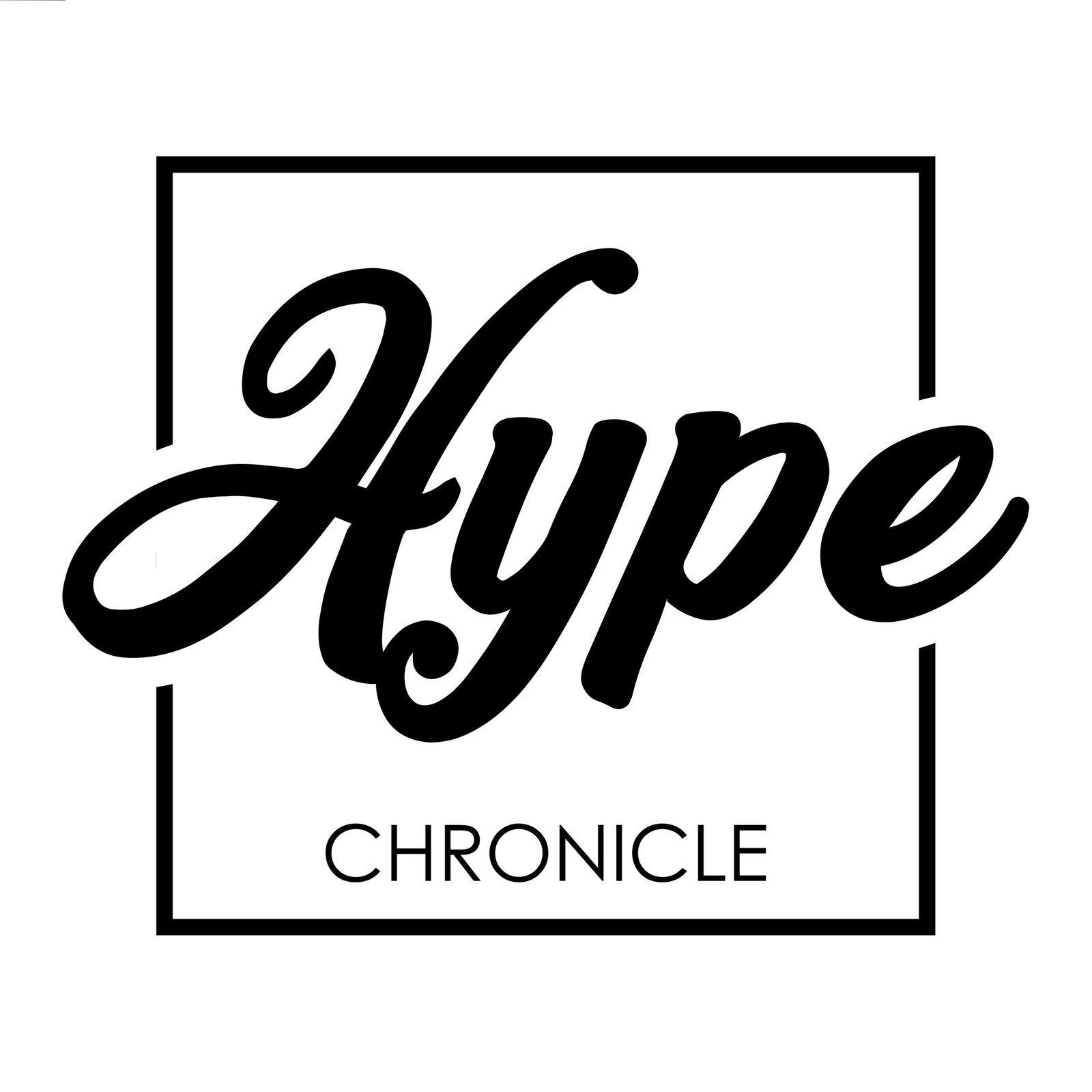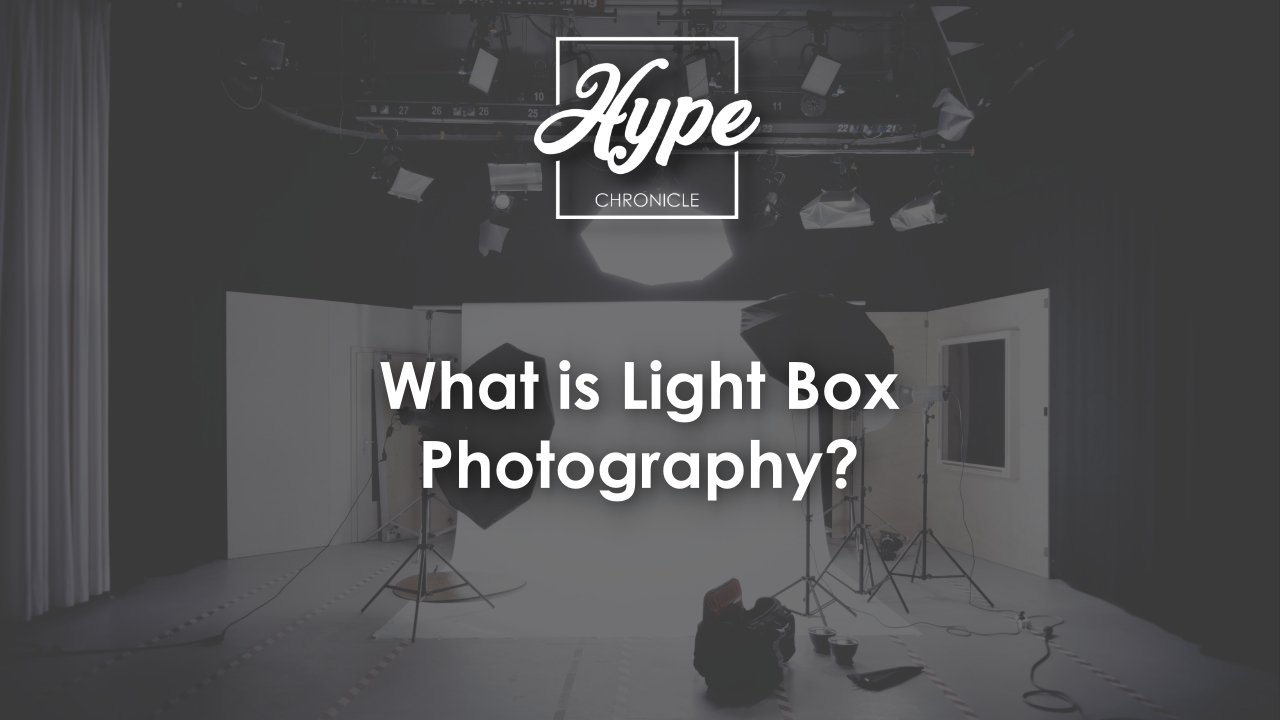Imagine this: You’re out for breakfast, at your favourite café. You order your favourite food, and as soon as it arrives, the presentation of the plate, absolutely blows you away. And it’s then, when you decide to reach out for your phone, to take a picture of your food. You frame the plate, tweak the minor adjustments, and hit the shutter button. Excited, you navigate to the gallery to see your picture, and… it’s nothing like what you had planned. Like the food pictures you see on social media.
Ever wonder, why? Well, because those pictures are shot using the light box photography technique. No, they don’t use a green screen, and no, the final result, is not all editing.
But, what is light box photography?
Light box photography is a very powerful technique to take spotless, sharp, and professional-looking pictures of objects, products, food, and much more using a piece of photography gear, called, well you guessed it right… a light box, or a white box for photography.
Now, you must be wondering what exactly is it. We’ll tell all there is to know, about it, today.
What is a light box?
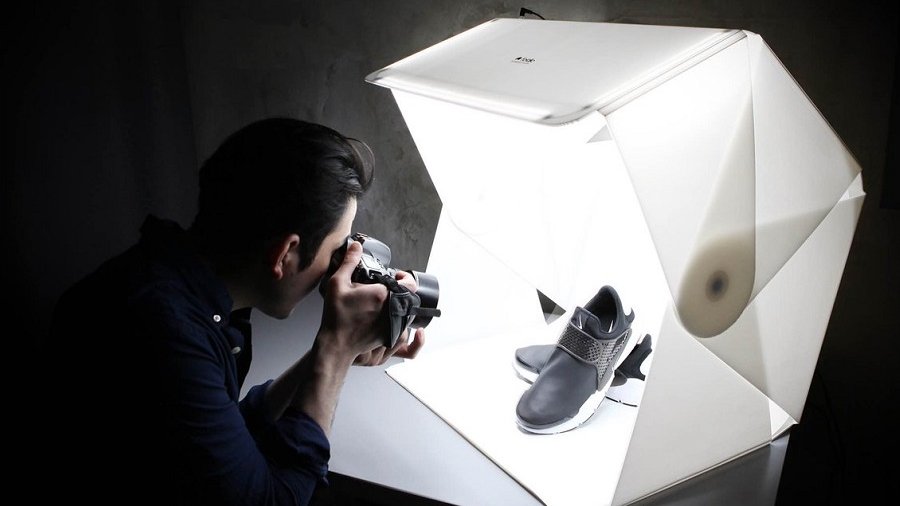
A light box is an enclosure that the photographers use to shoot pictures of products, generally for advertisements. The key benefit of using a light box, is that it helps illuminate each and every aspect or detail of the subject in question, resulting in high-quality, and pleasing images. Just, the type that you see in ads all around.
How does Light Box Photography Work?
The light box, or as some people like to call it, the ‘photoshoot’ box, itself, has five panels. Two vertical ones on the both sides, one at the back, one at the top, also called the roof, and one at the bottom, also called the platform. The front of the light box, is open to allow easy access to place, as well as, adjust the subject, once placed inside it. These panels usually use of some sort of translucent material. The material is smooth, and it helps with diffusing the light, to help illuminate the subject from all the angles, like nothing else.
What are the Benefits of using a Light Box for Photography?
As discussed, the key benefit of using the light box photography technique, is even lighting, but you must be wondering, what does that imply, in the real world. Keep reading to understand.
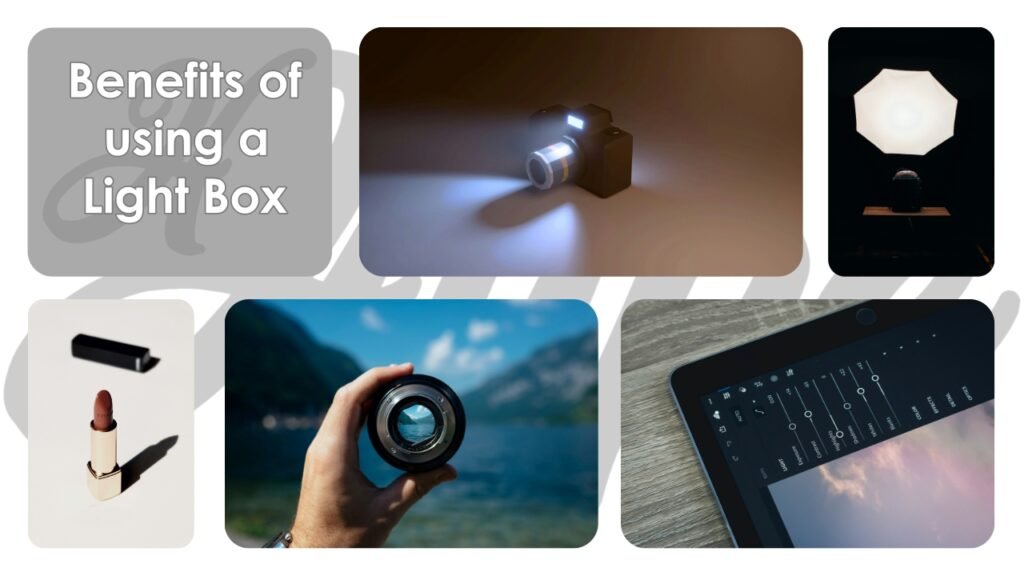
- Unmatched Illumination: The way a light box helps illuminate your subject, is truly life-changing. Once you start practising light box photography for your product, food or any other such assignments, you aren’t going to go back.
- Even & Balanced Lighting: The best part about professional photography is the way you can play around with lighting, to expose the important features of your subject, But, that blessing can soon, turn into bane, when that light hits hard. A light box, helps balance that, by diffusing it, providing soft, yet powerful light, making your subject look, just how, you want.
- Control over Shadows: The decision to how, and if at all, to capture the shadow of your subject, totally lies with you, when you use a light box. Want no shadows? Not at all an issue. Want a subtle shadow? Sure, why not! The flexibility is real.
- Focus on the Subject: Using a light box, essentially means placing your subject as the hero, right in the middle, and that effect carries over in the outcome, in your images as well.
- Easy In Post: Using a light box, the images that you’ll have captured will be so clean thanks to the empty area on all sides, that adding edits to it, in post, will be extremely easy.
When should you use a Light Box?
While you can use a light box to photograph anything that you can manage to fit inside it, there are some situations, where you might specifically want to use one, to get the desired results.
Product Photography
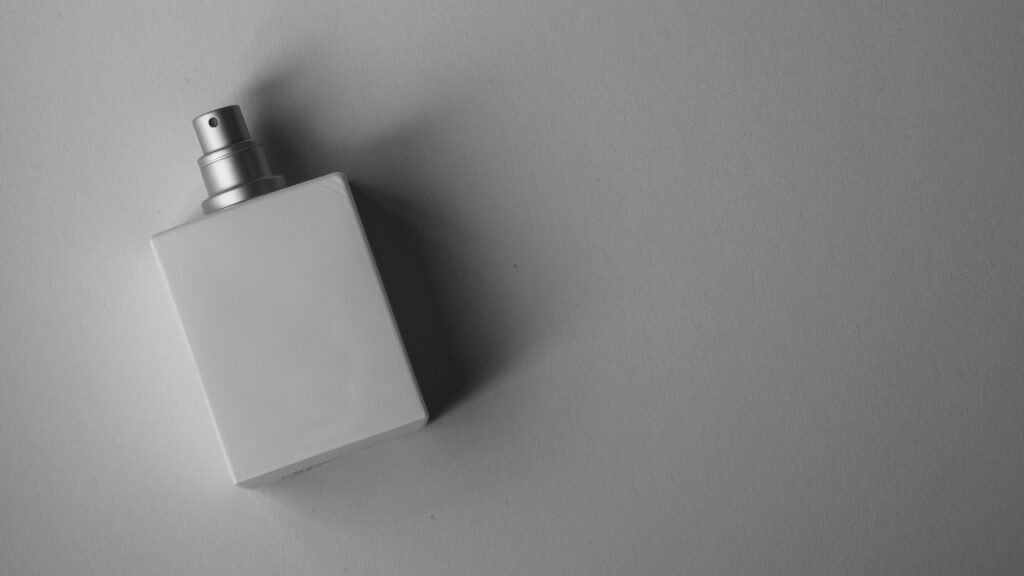
Whenever you are photographing products for advertisement, and publishing purposes, one condition that is almost always non-negotiable is that each and every important features and aspects of the product need to be properly exposed, and that’s when a light box comes in use.
Food Photography
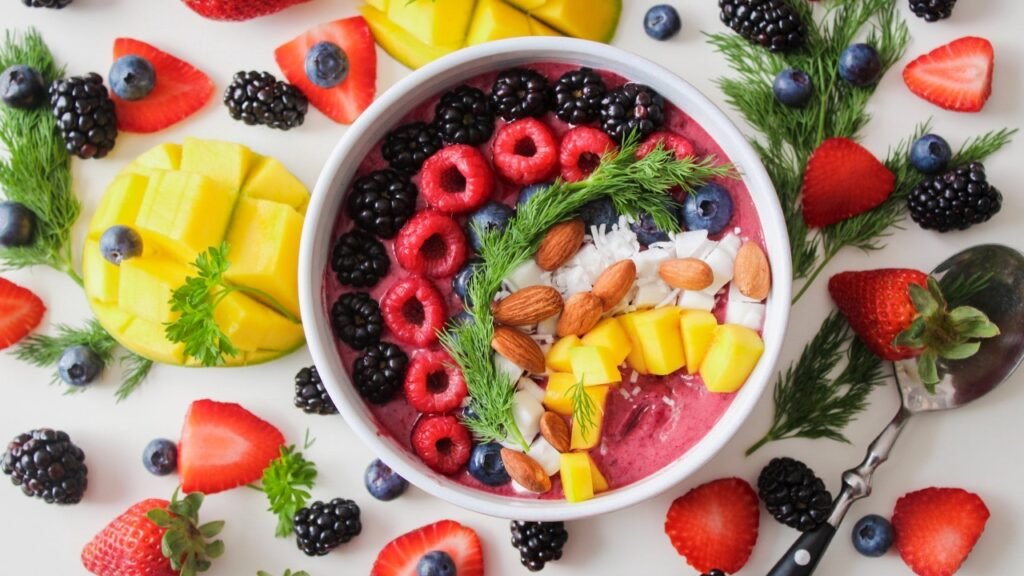
The scenario that we talked about in the introduction, actually calls for the use of a light box. Food bloggers, and reviewers use light boxes to capture appetizing pictures of dishes, which help enhance the colours and textures of the food, making it all the more appealing to the audience.
Jewellery Photography
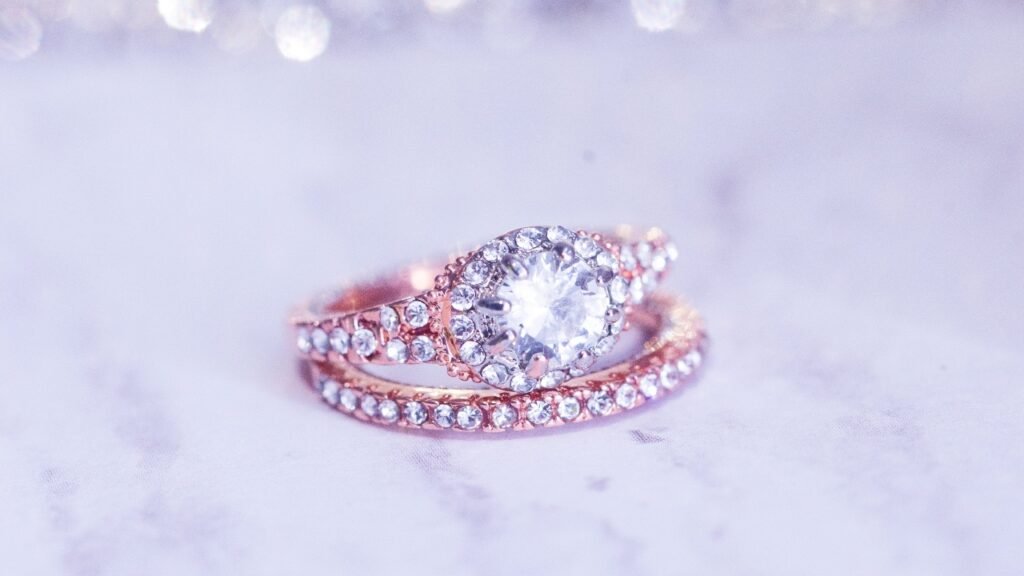
When taking pictures of jewellery, one needs to ensure that the lighting is just right. Only then one can capture the fine details, the sparkle of the gemstones, and the shine of the metal, all while minimizing unwanted reflections. Using a light box ensures, the photographers can easily manage all that.
Macro Photography
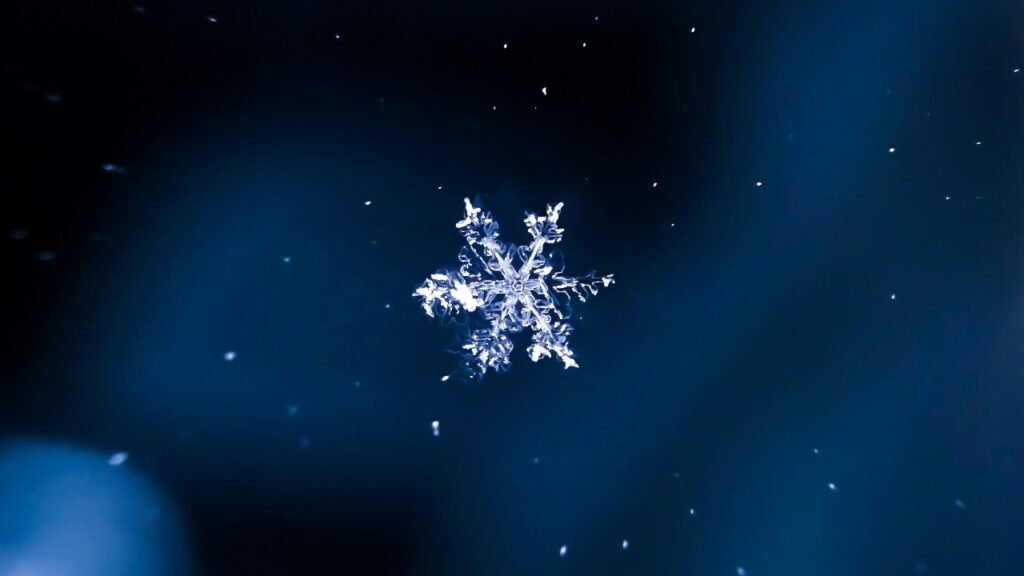
When taking close-up shots of tiny objects, using a light box, can come real handy, since it’ll help evenly distribute the light to reveal all the teeny-tiny details of the objects.
Artwork Photography
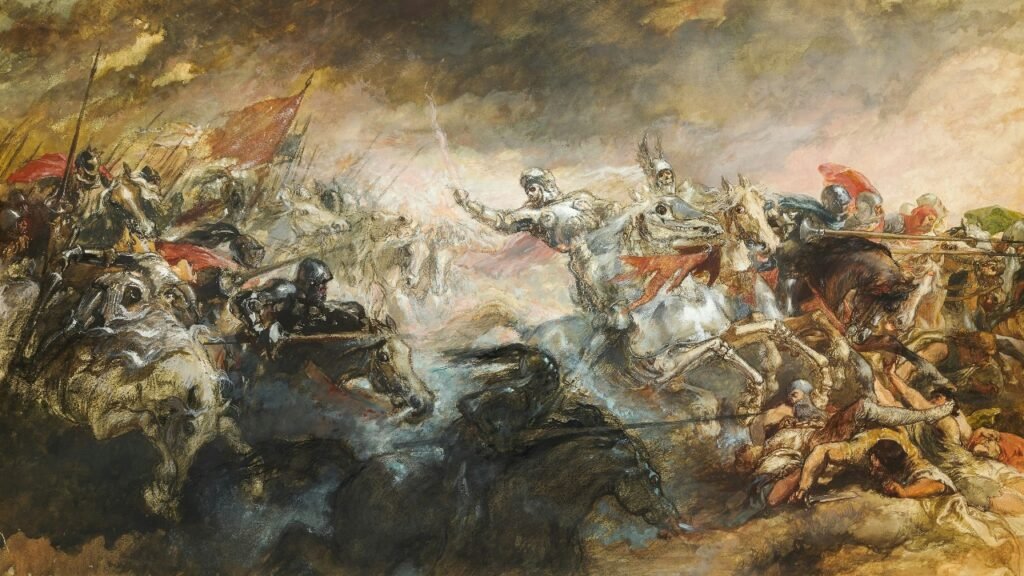
When taking pictures of artwork, using a light box could be the difference between truly capturing the artwork’s essence, and taking just another average picture. The light box helps accentuate the fine details of the artwork, and takes your pictures to the next level.
Not just these, there are numerous other situations where you might want to make use of a light box, to capture unmatched pictures. We’ve talked about more such ways, in another article in detail.
